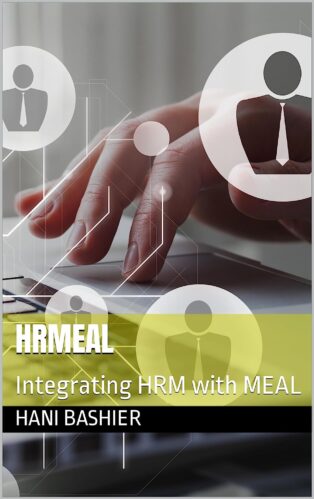What is Monitoring and Evaluation?

Monitoring can be defined as: “an ongoing work that uses systematic data collection on identified indicators to provide ongoing development interventions to management and key stakeholders, with the indication that The extent to which progress and targets have been achieved and progress has been made in the use of allocated resources.” Therefore, monitoring includes regular monitoring of inputs, activities, outputs, outputs and impacts of development activities at the project, program, sector and national level. is included. This includes monitoring the progress of the country towards the goals. Millennium Development Goals (MDGs) or other national development measures
Evaluation can be defined as “the process of determining the value or importance of a development, policy or program”. Determine the relevance, effectiveness of planning and implementation, effectiveness of resources or consistency of results and results. Evaluation should allow for integrated learning in decision making of partners and donors. “
Monitoring and evaluation are synergistic. Monitoring information is a necessary but not sufficient input for rigorous evaluation. Although monitoring information can be collected and used for day-to-day management purposes, relying solely on this information can be biased as it usually only covers certain dimensions of project or program activities and Should be used with caution. To avoid behavioral incentives. . On the other hand, a more balanced interpretation of potential performance is being evaluated. However, appraisal is a more detailed and time-consuming activity and due to its high cost, must be done more economically. One approach is to rely on follow-up information to identify potential problems that require further investigation through evaluation. M&E can be done using a number of tools, methods, and approaches. These include, for example: performance monitoring indicators; logical context; theory based assessment; Formal surveys such as Service Delivery Survey, Citizen Survey Map, Standard of Living Survey (LSMS), and Key Welfare Questionnaire (CWIQ); rapid evaluation methods such as key informant interviews, group discussions and facilitated brainstorming by employees and executives; Partnership methods, such as mergers and acquisitions; studies to monitor public spending; rigorous impact assessment; and cost-benefit analysis.







